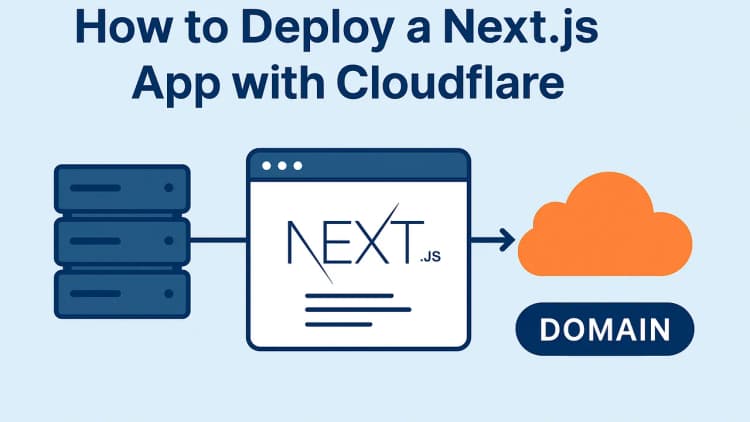When choosing a license for your software project, it’s essential to understand the nuances of popular open-source licenses like GPL, MIT, Apache, Mozilla, and BSD. Each license represents a different philosophy about software freedom, responsibilities, and rights. Here’s a breakdown of how they compare, framed by an interesting observation: “GPL forces you to become freedom, while others give you the freedom of being freedom.”
What Does This Mean?
The GPL (General Public License) takes a more prescriptive approach. By using GPL-licensed code, you are required to license your derivative works under the GPL. It’s a way of ensuring that the software remains free and open, protecting the community’s right to modify, distribute, and use it.
On the other hand, licenses like MIT, Apache, Mozilla, and BSD take a more permissive stance. They grant you broad freedoms to use, modify, and distribute code, even in proprietary software, without demanding much in return. This approach gives you the freedom to decide how much openness you wish to embrace in your projects.
A Closer Look at the Licenses
1. GNU General Public License (GPL)
- Key Philosophy: “Freedom is not optional.”
- Requirements: If you modify and distribute GPL-licensed software, you must release your changes under the GPL. This ensures that all derivative works are also free and open.
- Use Case: Ideal for projects that prioritize the protection of software freedom and want to ensure that the software’s openness is preserved.
- Strength: Guarantees long-term openness of code.
- Limitation: Its strict requirements can discourage use in proprietary projects.
2. MIT License
- Key Philosophy: “Do what you want.”
- Requirements: Extremely permissive. You can use, modify, and distribute the software as you like, even in proprietary software, as long as the original license is included.
- Use Case: Perfect for projects seeking maximum adoption with minimal restrictions.
- Strength: Simplicity and permissiveness.
- Limitation: No guarantee that derivative works remain open source.
3. Apache License 2.0
- Key Philosophy: “Freedom with safeguards.”
- Requirements: Like the MIT license, it’s permissive, but it also includes specific clauses about patent rights, protecting both developers and users from patent litigation.
- Use Case: Popular for corporate and collaborative open-source projects.
- Strength: Balanced approach with patent protection.
- Limitation: More complex than MIT or BSD.
4. Mozilla Public License (MPL)
- Key Philosophy: “Middle ground between permissive and restrictive.”
- Requirements: You can use the code freely, but if you modify and distribute it, you must release your changes under MPL. However, this applies only to the modified files, not the entire project.
- Use Case: Suitable for projects where you want to encourage openness without being as strict as the GPL.
- Strength: Flexibility in combining open and proprietary code.
- Limitation: Less widespread adoption compared to other licenses.
5. BSD License
- Key Philosophy: “Freedom with simplicity.”
- Requirements: Like MIT, the BSD license is highly permissive, with the condition that the license notice is retained. Some versions include a “no endorsement” clause, restricting the use of contributors’ names in promotions.
- Use Case: Often used in academic and research projects.
- Strength: Simple and permissive.
- Limitation: Offers less protection for contributors compared to Apache.
Choosing the Right License
Your choice of license should align with your goals for the project:
- If you want to ensure perpetual openness: Choose GPL.
- If you value widespread adoption with minimal restrictions: MIT or BSD are excellent choices.
- If you need legal safeguards against patent litigation: Apache provides a strong framework.
- If you want a compromise between permissiveness and openness: Consider MPL.
Conclusion
The open-source licensing ecosystem reflects diverse philosophies about freedom and collaboration. While the GPL ensures that freedom is non-negotiable, permissive licenses like MIT, Apache, Mozilla, and BSD empower developers to choose their level of openness. Ultimately, the right license for your project depends on your priorities—whether that’s protecting software freedom or fostering flexibility and adoption.
Whichever license you choose, remember that open-source licensing is not just about code; it’s about building a community and shaping the future of technology.




